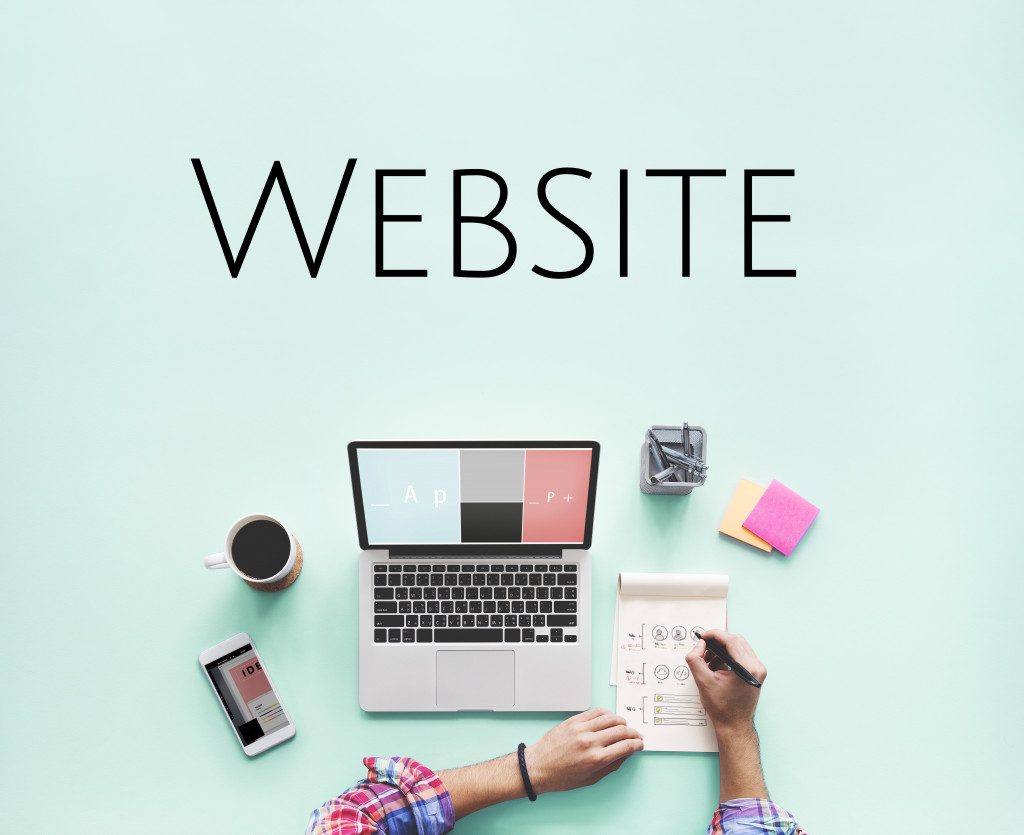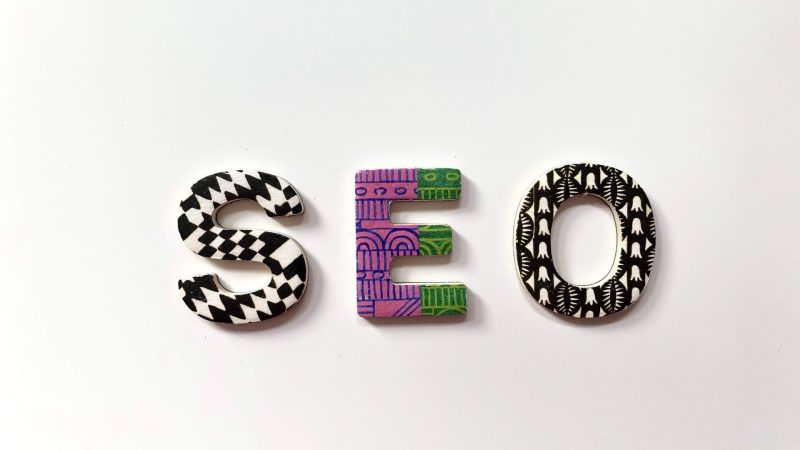22 Ways to Maximize Design in Marketing

In marketing, design is an important factor that can make or break a campaign. For this reason, it’s crucial to understand how to maximize design in your marketing projects. This post will cover several ways you can do just that.
How to Maximize Design in Your Marketing Campaign
1. Make sure you have a plan before starting any project.
Designing without knowing what you want to do with the finished product is risky and wastes time and resources.
2. Use colors strategically.
Too many colors may lead viewers away from your message, but using complementary colors can increase viewer interest in your content.
3. Use typography to your advantage.
Your font choice can make a big difference in how viewers perceive your message. Choose a readable font that reflects the tone of your content.
4. Create a visual hierarchy.
Organize your content in a way that guides viewers through it in an easily digestible manner. Use headings, subheadings, and bullet points to break up text and highlight important information.
5. Keep it simple.
Don’t try to cram too much information into one design or make your design too busy – this will only lead to confusion and frustration on the part of viewers.
6. Pay attention to whitespace.
Whitespace is an important design element that should not be overlooked. It can help create a sense of balance and make your content more readable.
7. Use images thoughtfully.
Images are a great way to add interest and visual appeal to your content, but they should be used sparingly and purposefully. Be sure to use high-quality images that are relevant to your message.
8. Use charts and graphs effectively.
Charts and graphs can be a great way to make complex information more digestible and visually appealing. When using them, keep them simple and label them clearly.

9. Use animated graphics.
Motion graphics or animated graphic design can add an engaging element to your content. However, it’s important to use them sparingly and only when they genuinely add value to your message.
10. Use call-to-action.
Make it easy for viewers to take the next step with a clear and concise CTA. Include calls to action throughout your content and in prominent locations such as the header or footer.
11. Be consistent.
Using a consistent design across your marketing materials will help create a cohesive brand identity. Use the same colors, fonts, logo, etc., on everything from your website to your business cards.
12. Don’t be afraid to experiment.
Don’t be afraid to try new things or step outside of your comfort zone in design. Sometimes the best way to learn is by trial and error.
13. Use design templates.
There’s no need to start from scratch every time you create a new design. Use design templates as a starting point, then customize them to fit your specific needs.
14. Take advantage of free resources.
Many great free resources are available online that can help you with your design projects, including templates, fonts, and stock images. Do some research to find the best ones for your needs.
15. Be aware of copyright laws.
When using someone else’s work in your designs, be sure to do so legally by obeying copyright laws. That includes obtaining permission from the copyright holder if necessary.
16. Give credit where it’s due.
If you use someone else’s work in your design, give them credit with a link back to their original work. That is not only good manners, but it’s also essential for legal reasons.
17. Test your designs.
Before you launch any design, be sure to test it out on various devices and browsers to ensure that it looks and functions as intended.
18. Get feedback from others.
In addition to testing your designs yourself, it’s also helpful to get feedback from others. Ask friends, family, or colleagues for their honest opinion on your work.
19. Stay up-to-date on trends.
Design trends are constantly changing, so staying up-to-date on the latest is important. By keeping your finger on the pulse of what’s popular, you can ensure that your designs are current and relevant.
20. Learn from others.
In addition to staying up-to-date on design trends, it’s also helpful to learn from other designers. Look for inspiration in everything from books and magazines to websites and blogs.
21. Find your own style.
Don’t be afraid to experiment until you find a design style that feels authentically you. Once you’ve found your voice, use it consistently across all of your materials.
22. Hire a professional.
If you don’t have the time or expertise to design your own marketing materials, hire a professional to do it for you. This is especially important for larger projects such as website design or branding.
Design for Success
Design is a critical element of marketing, and there are many ways to maximize its effectiveness. By using the tips provided here, you can create appealing and effective designs. Keep in mind that design is an ever-evolving field, so be sure to stay up-to-date on the latest trends and techniques. And most importantly, always experiment until you find a style that works for you.





